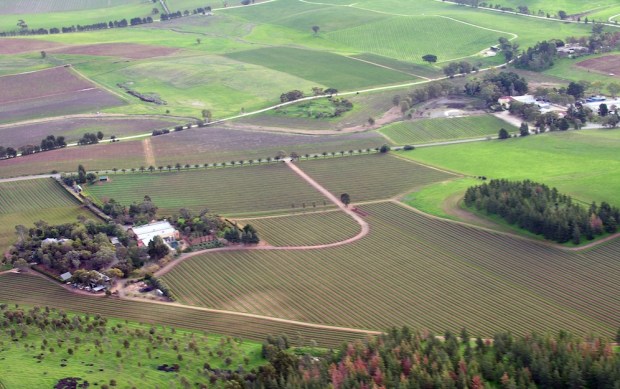Rural eCommerce Is Exploding — And That’s Both Good And Bad News For Retailers

“It is getting out of hand,” a mailman recently told The Wall Street Journal of the explosion in rural commerce spurred on by the rise of Amazon and others that have made millions of goods previously out of reach for these consumers suddenly available with a few clicks or taps.
And it is exploding. According to Kantar Retail, 73 percent of rural consumers — those who live 10 minutes or more away from everyday shopping locations — are now buying online, versus 68 percent two years ago. About a third are Amazon Prime members — a pickup of 8 percent from 2014.
While this might sound like cause for celebration in the halls of eCommerce’s premier players, it is a boon with a price — literally. It’s expensive to provide this level of service to rural consumers since, unlike their urban counterparts, the “last mile” is really long. In shipping, there is a general rule of thumb: the longer the drive and the lower the package delivery, the lower the profit for the folks delivering it. UPS said one mile a day across its U.S. delivery fleet costs up to $50 million a year.
UPS and FedEx aren’t in the business of losing money on their deliveries, so they charge $4 per package for remote residential, which flows to the retailer, who offers universal free shipping as an inducement. And while retailers with robust foot traffic might be willing to eat the cost to promote the digital brand, physical retailers are losing traffic to the web and thus losing those better margins in store sales.
Plus, life for the local competitors becomes much harder. Mom-and-pop shops were already racing with big-box retailers, like Walmart, on price and were able to eke out a small win with proximity. As eCommerce cuts in on that and makes packages as proximal as a customer’s front door for free, those low margins run the risk of becoming no margins.
